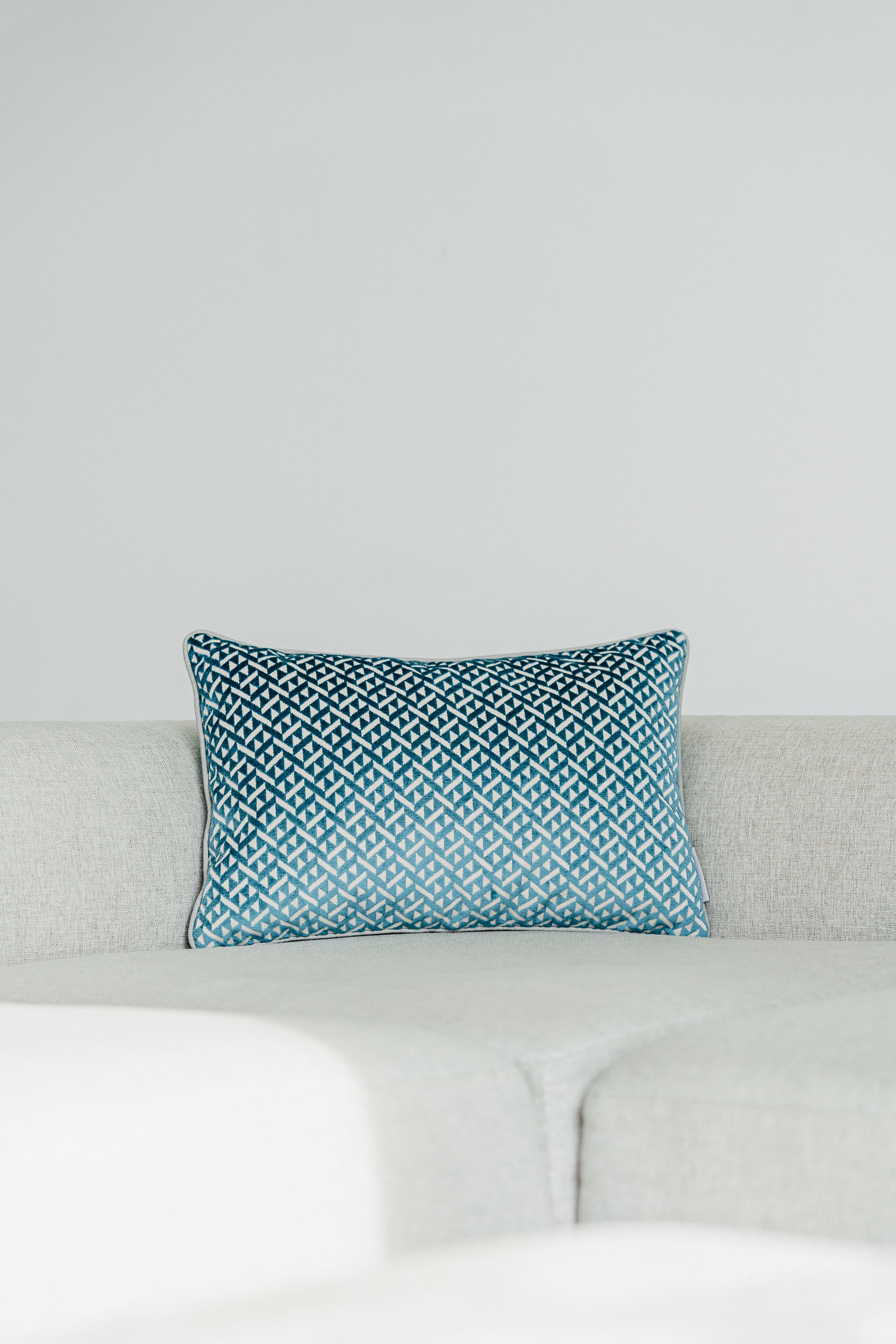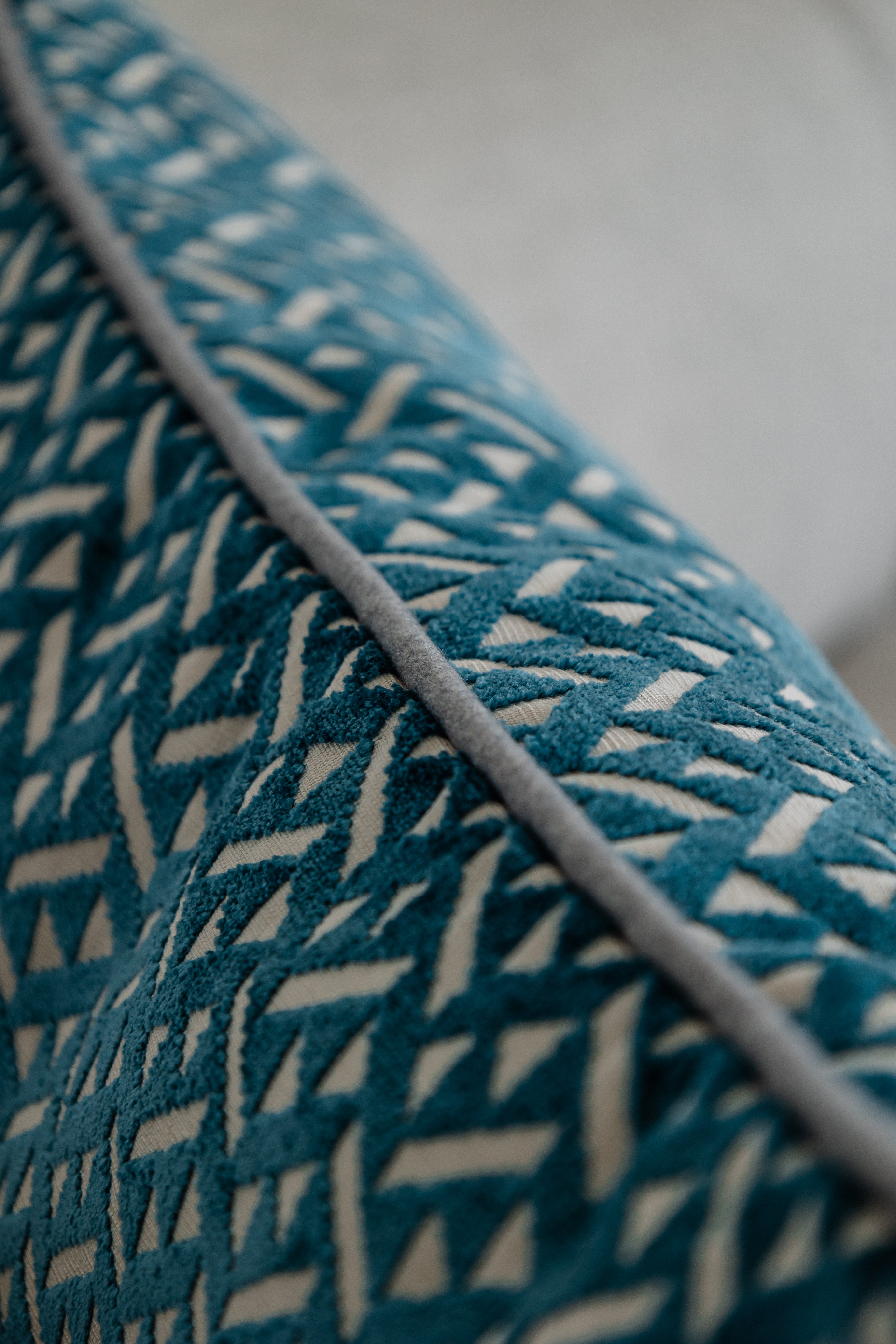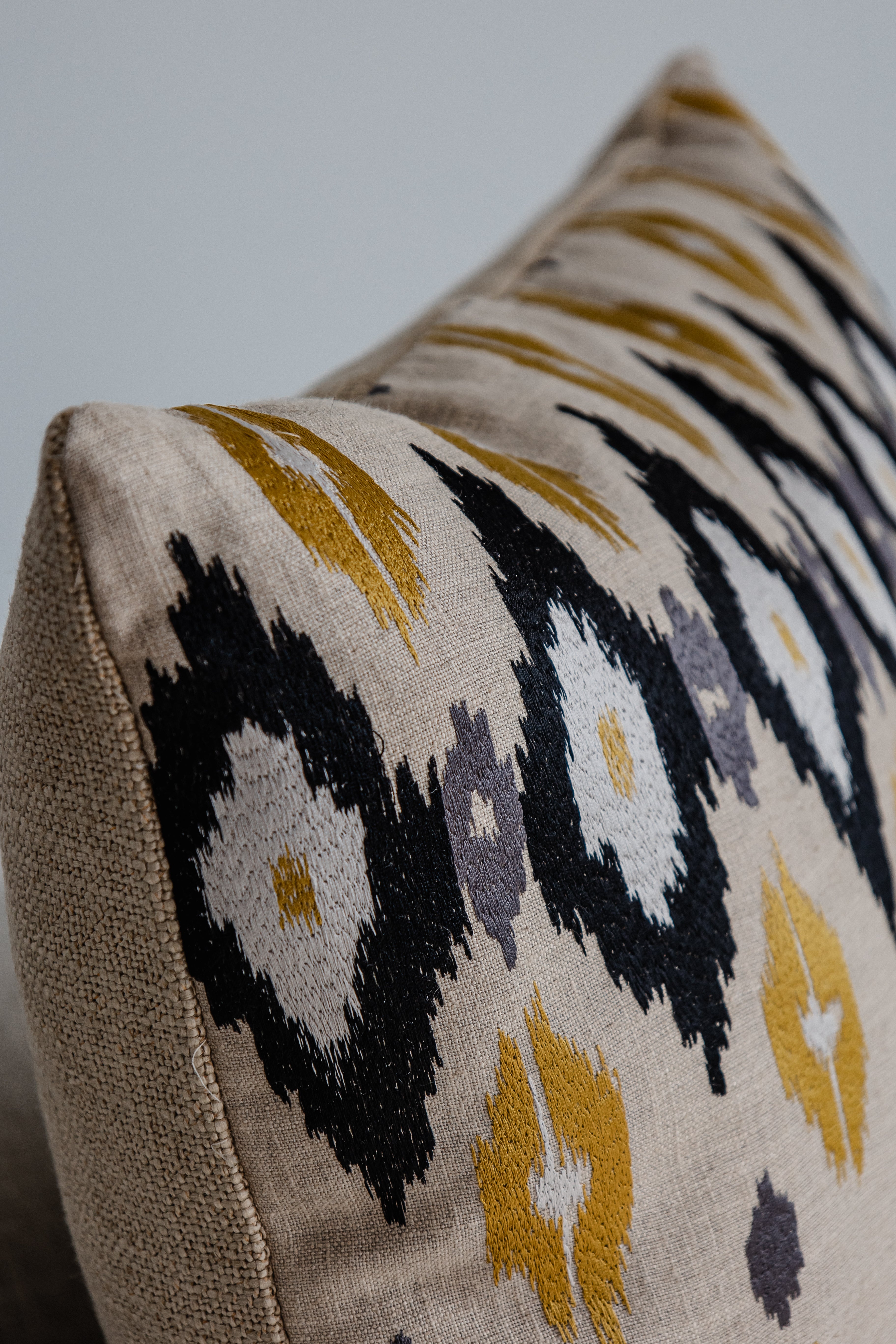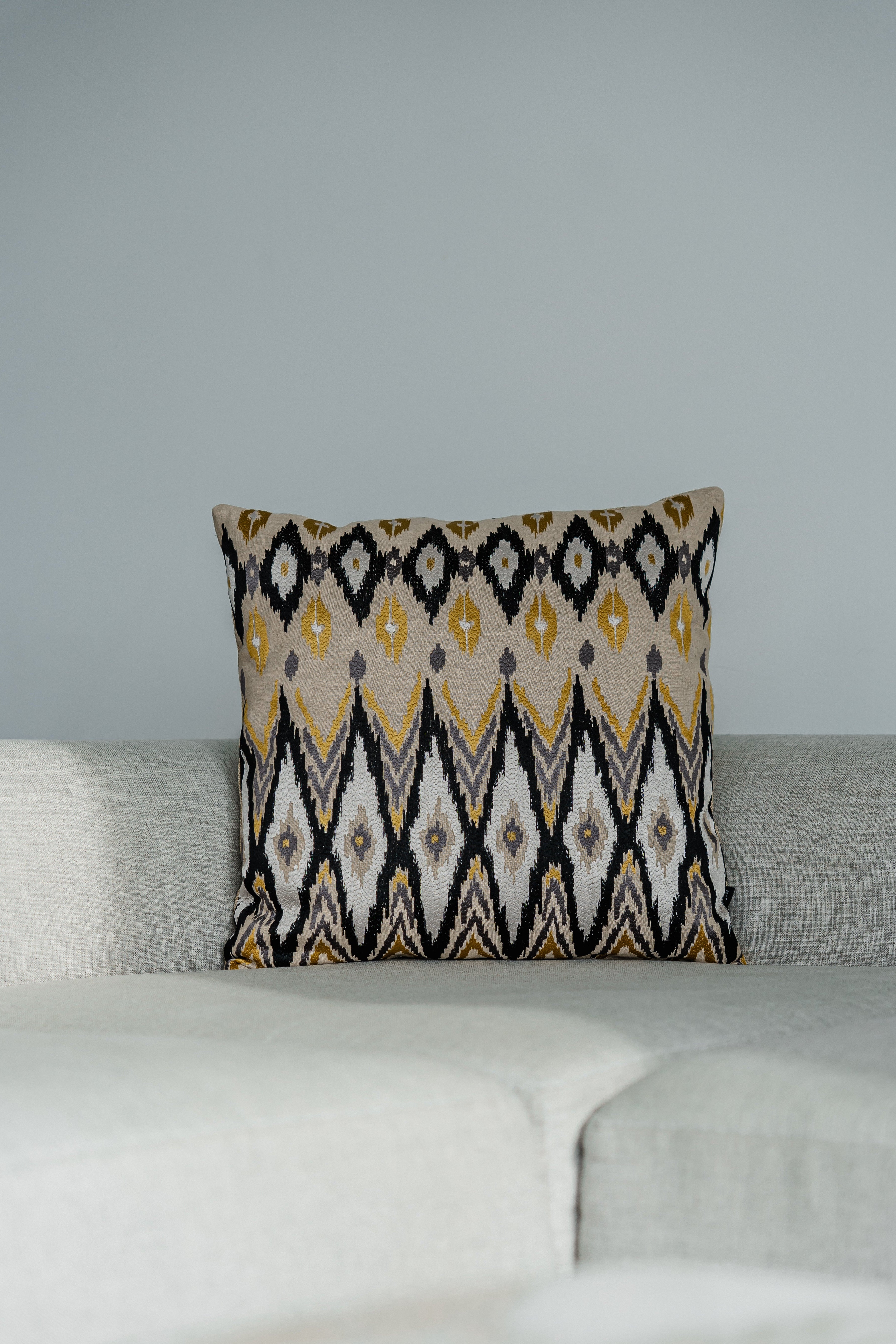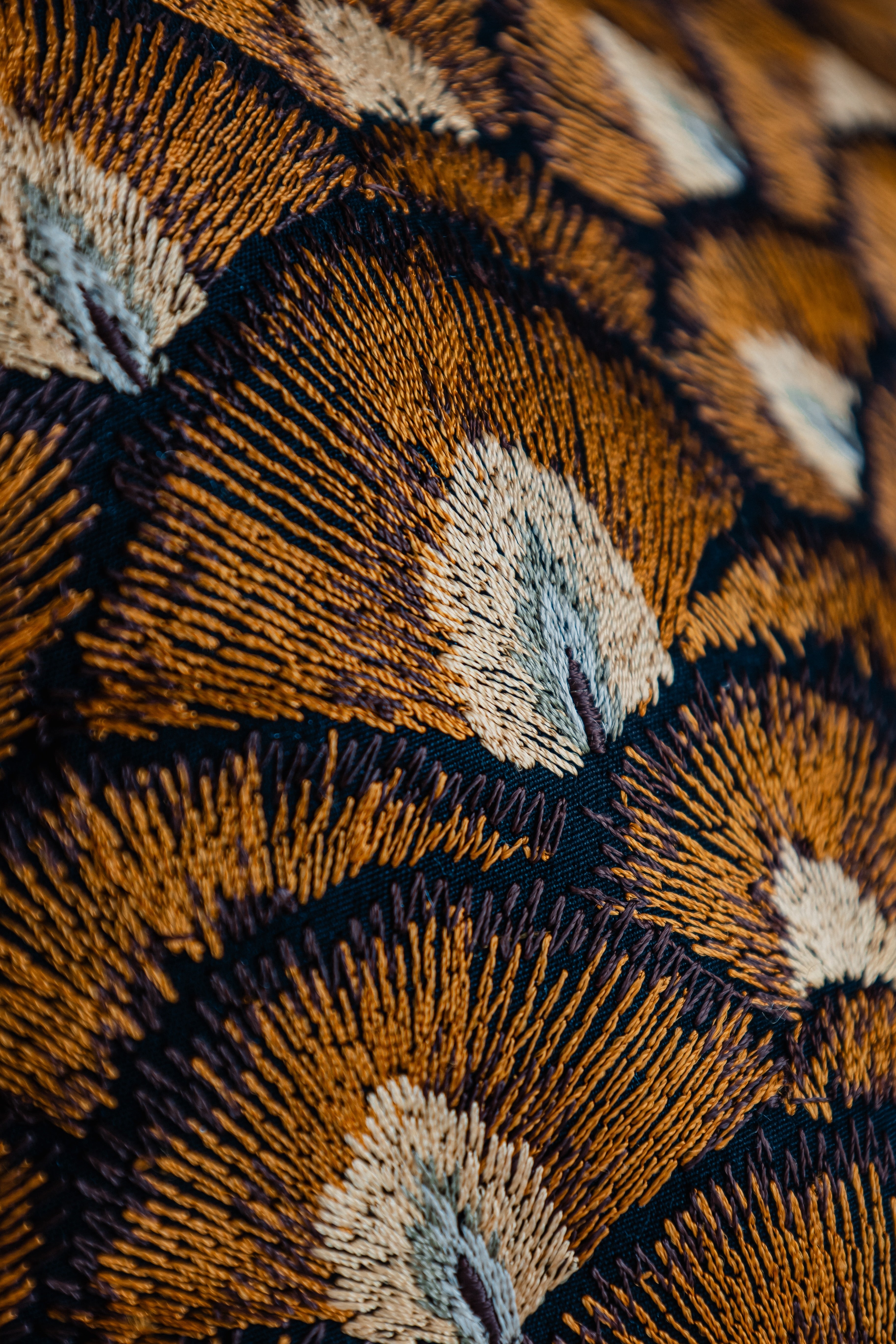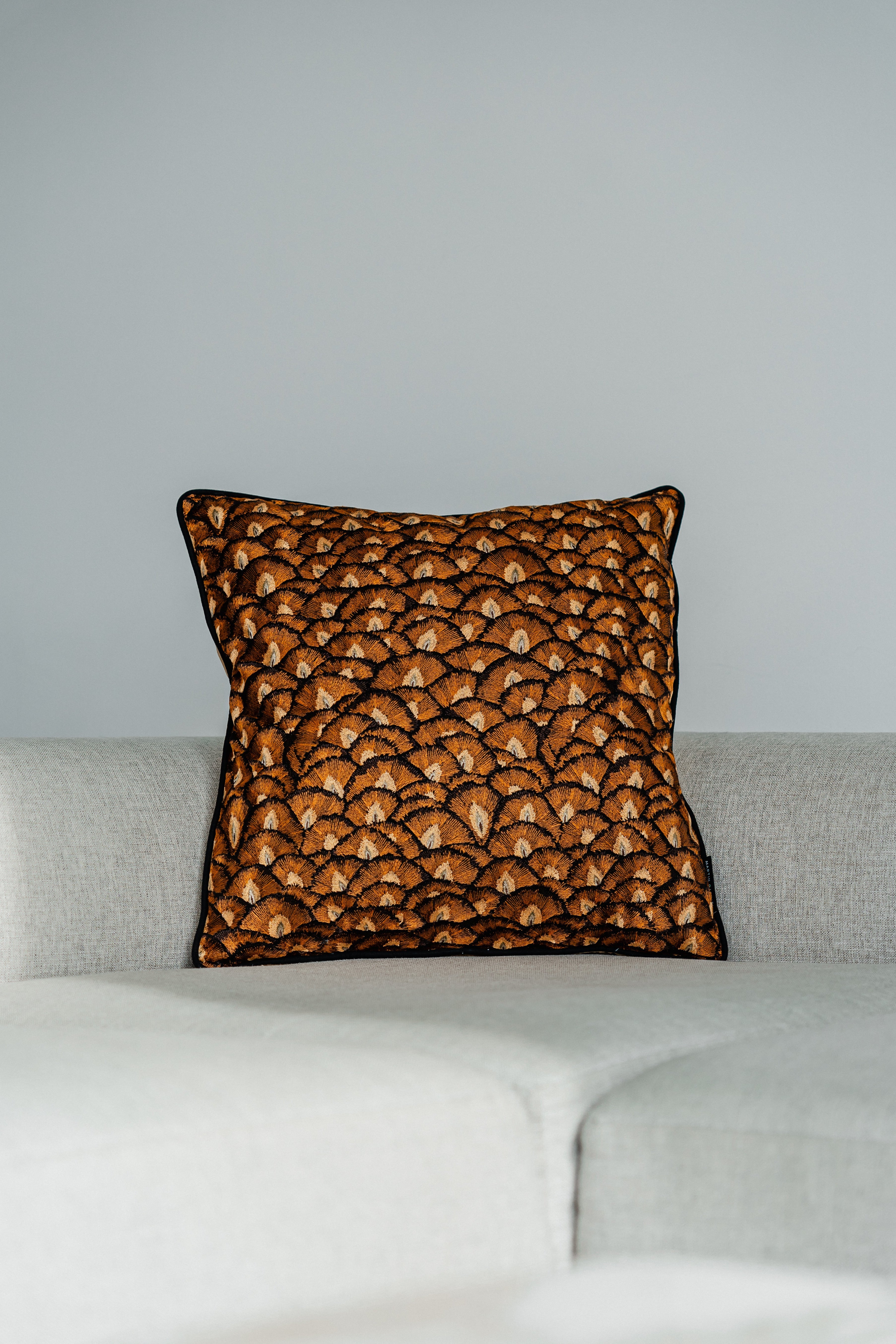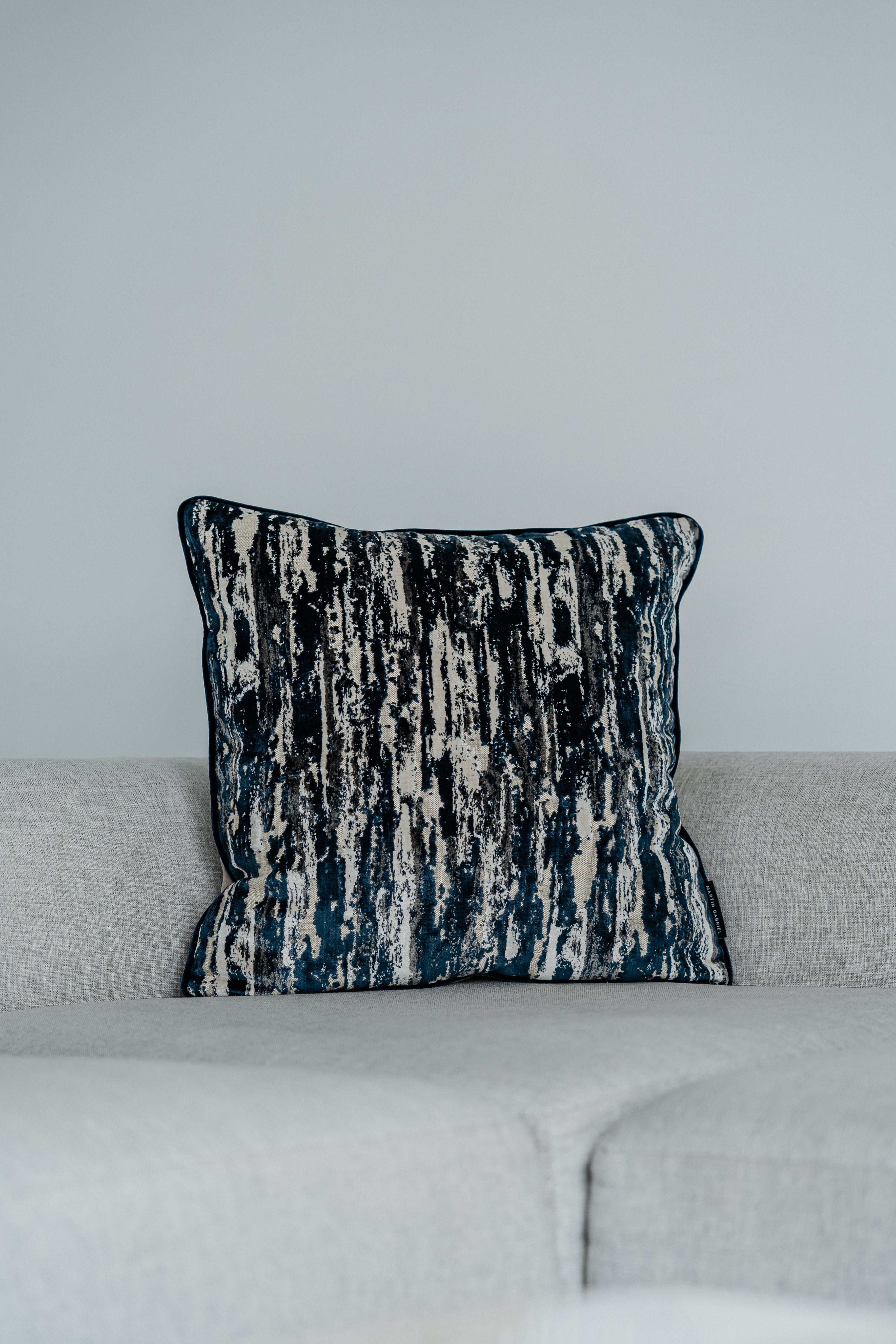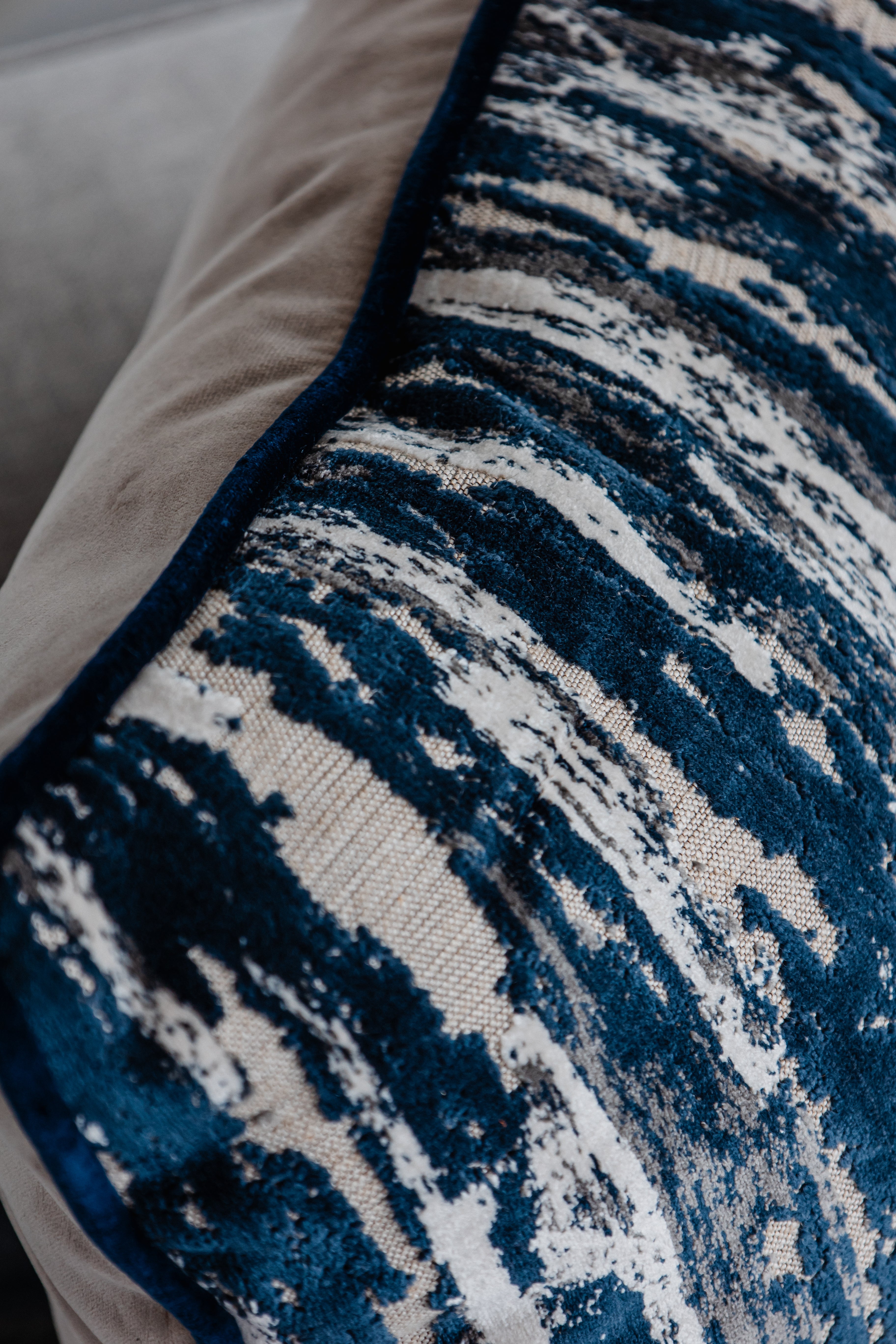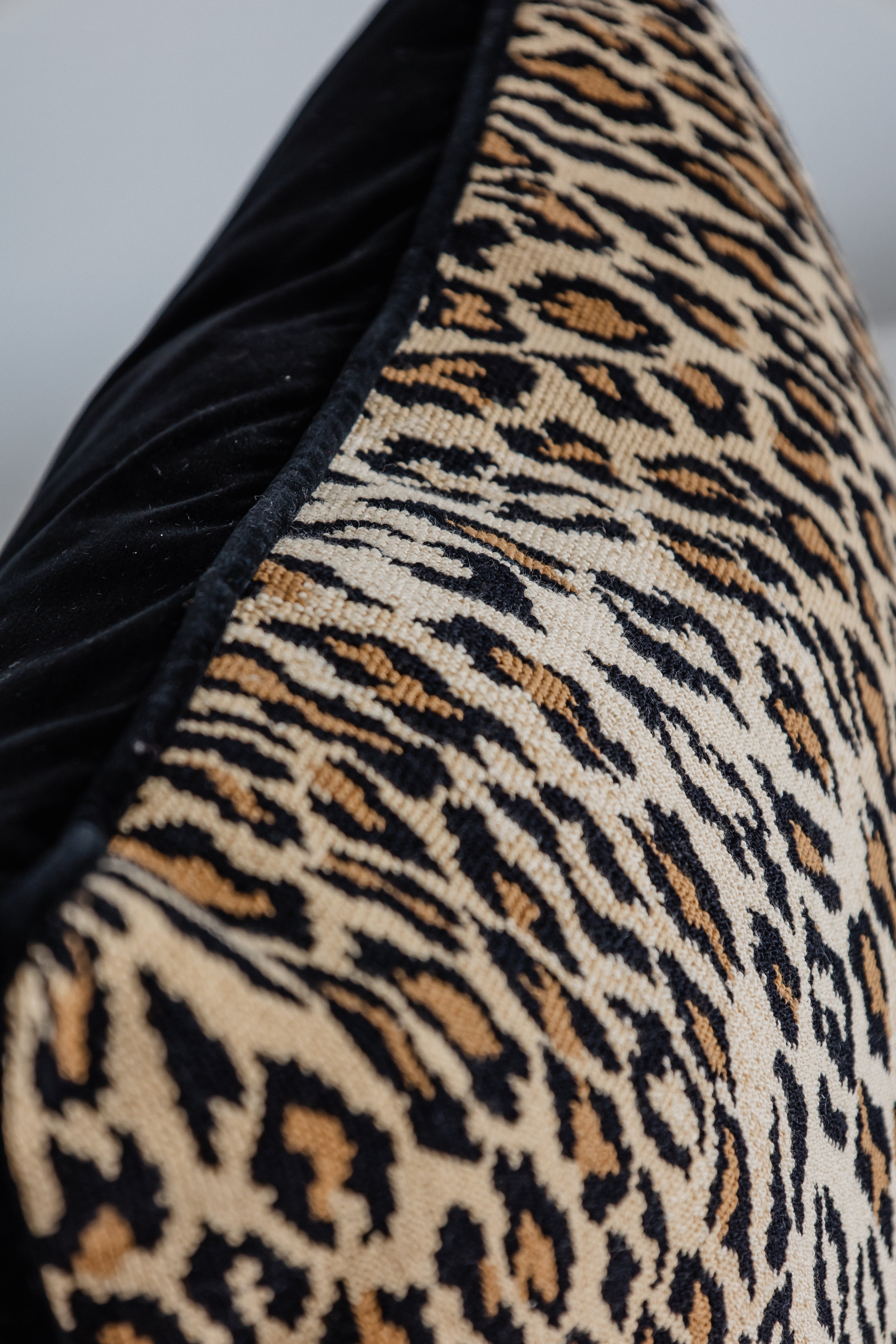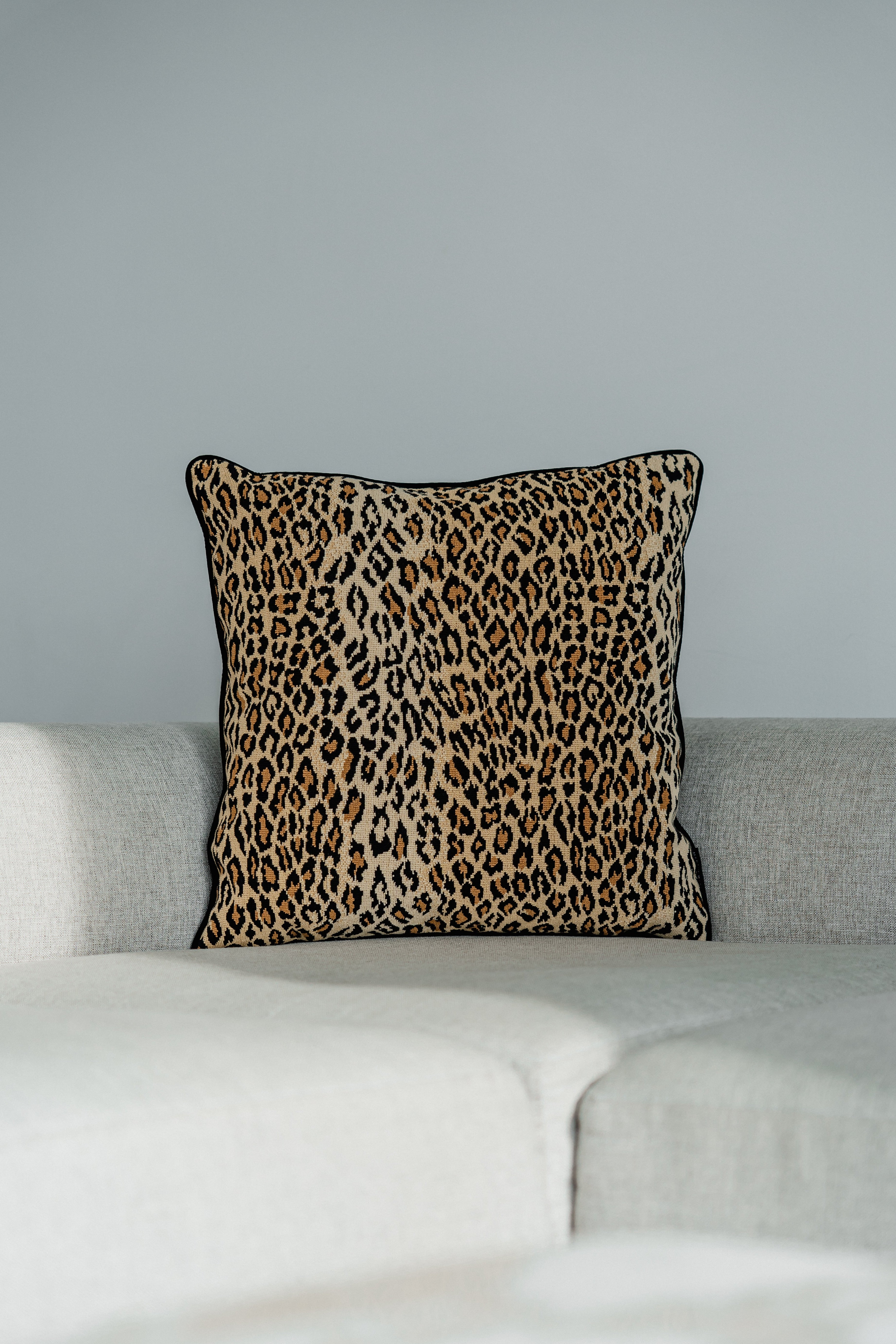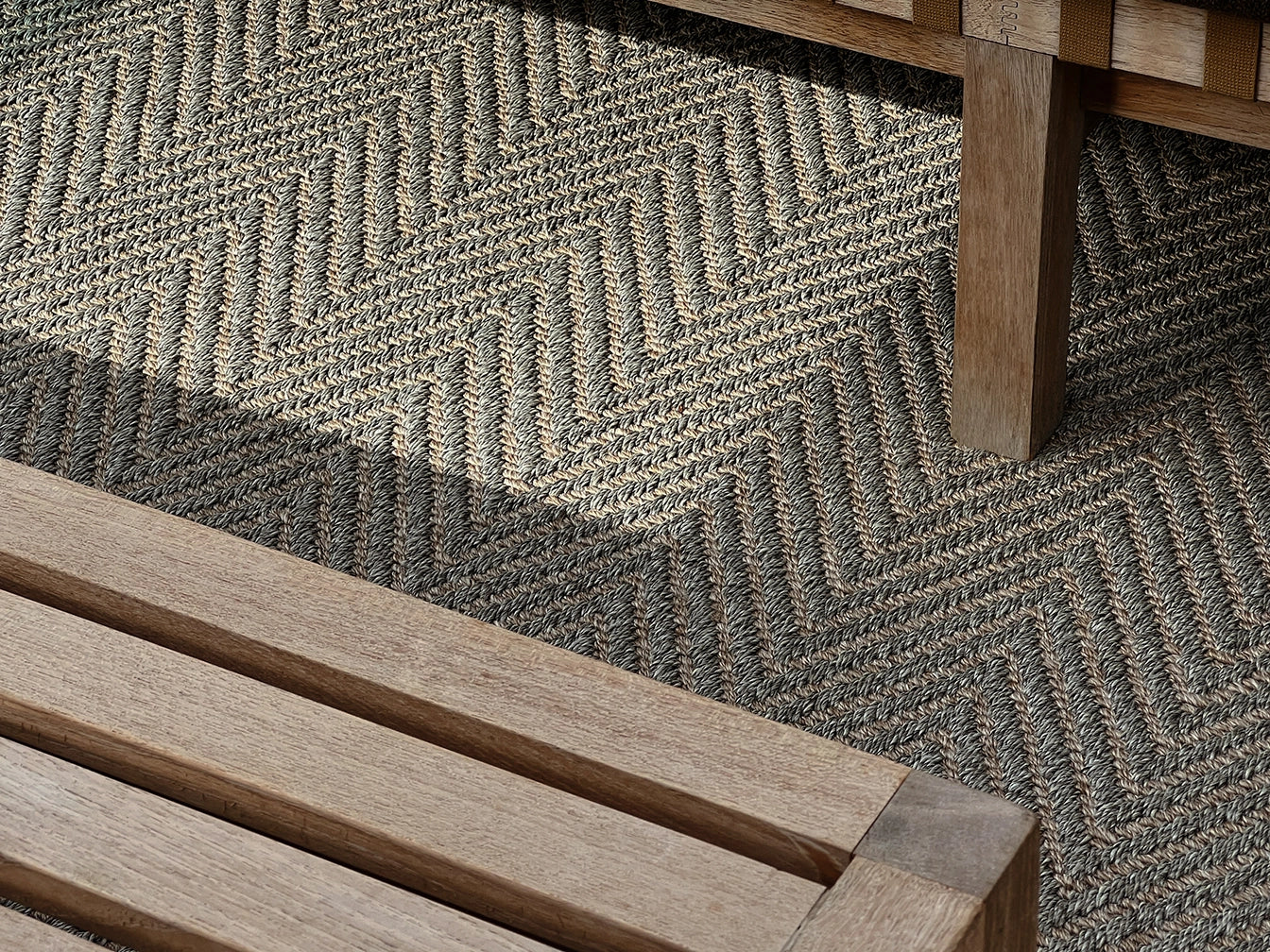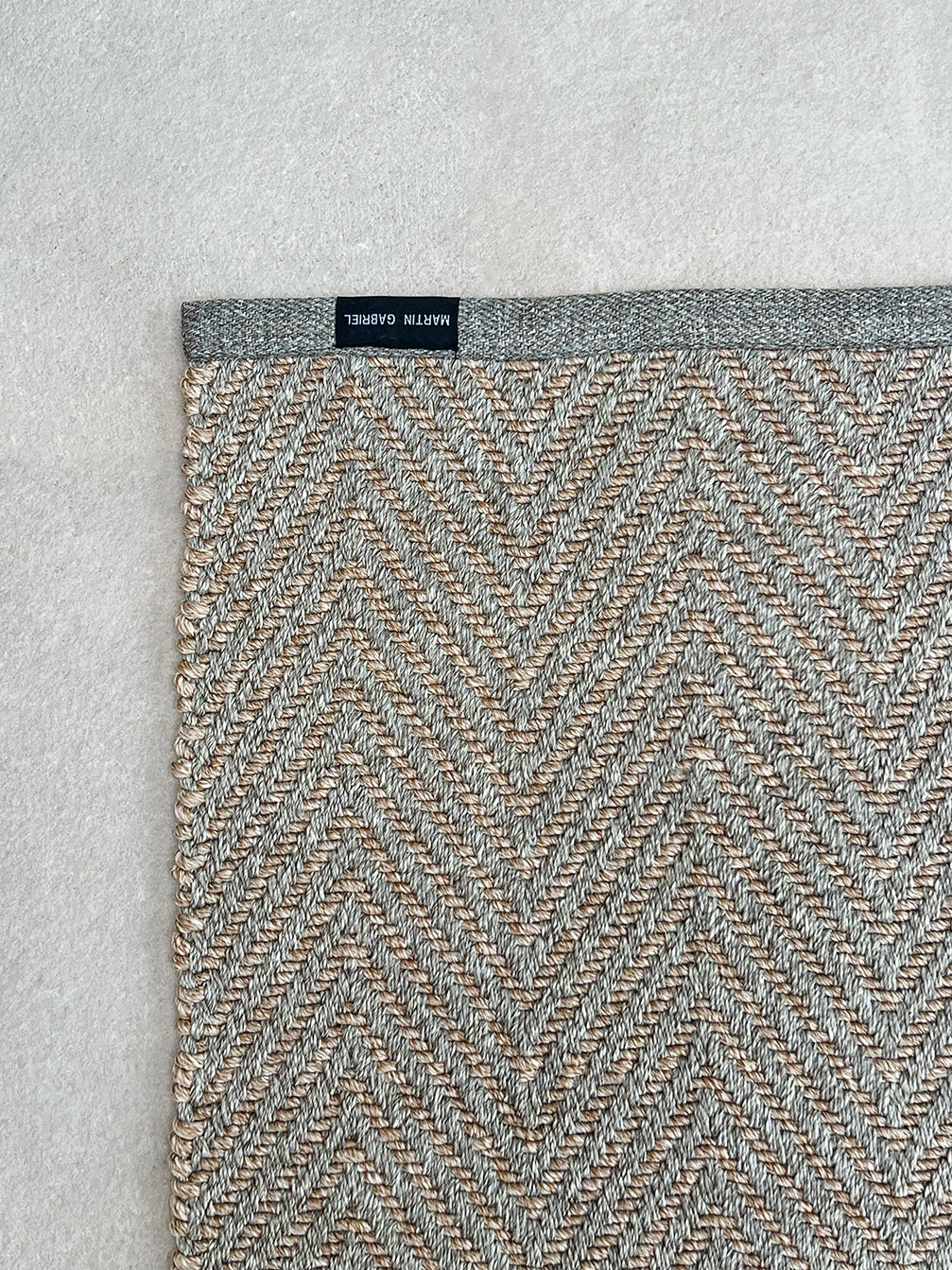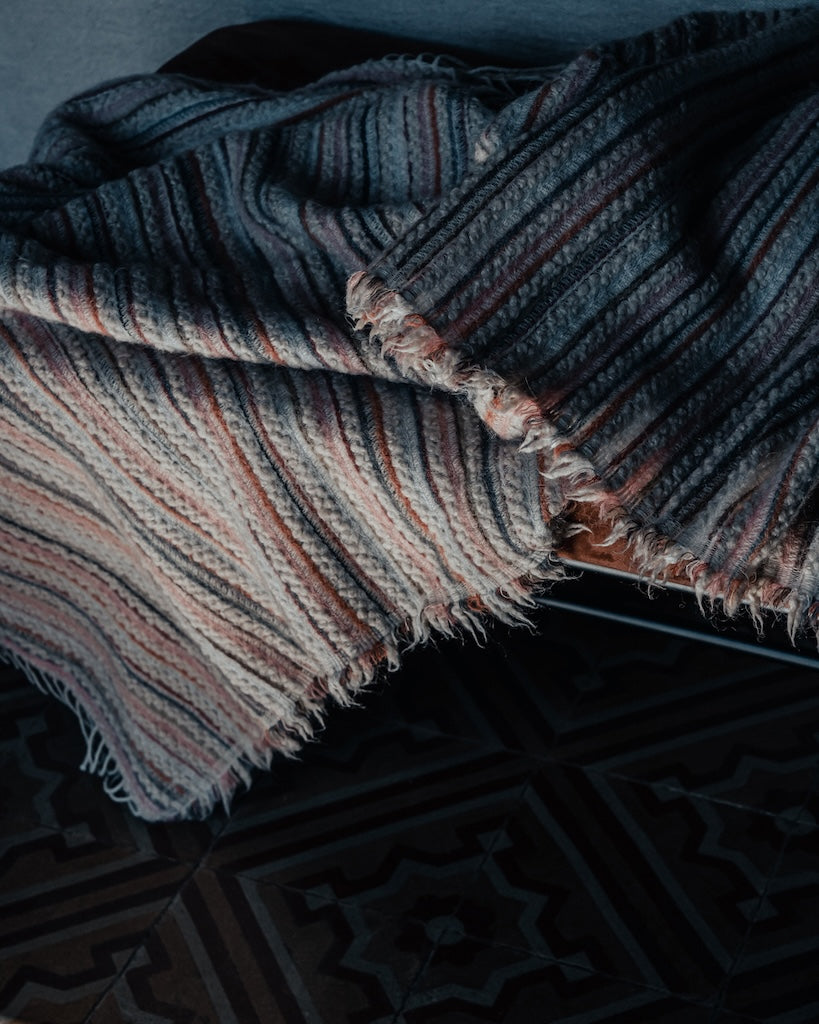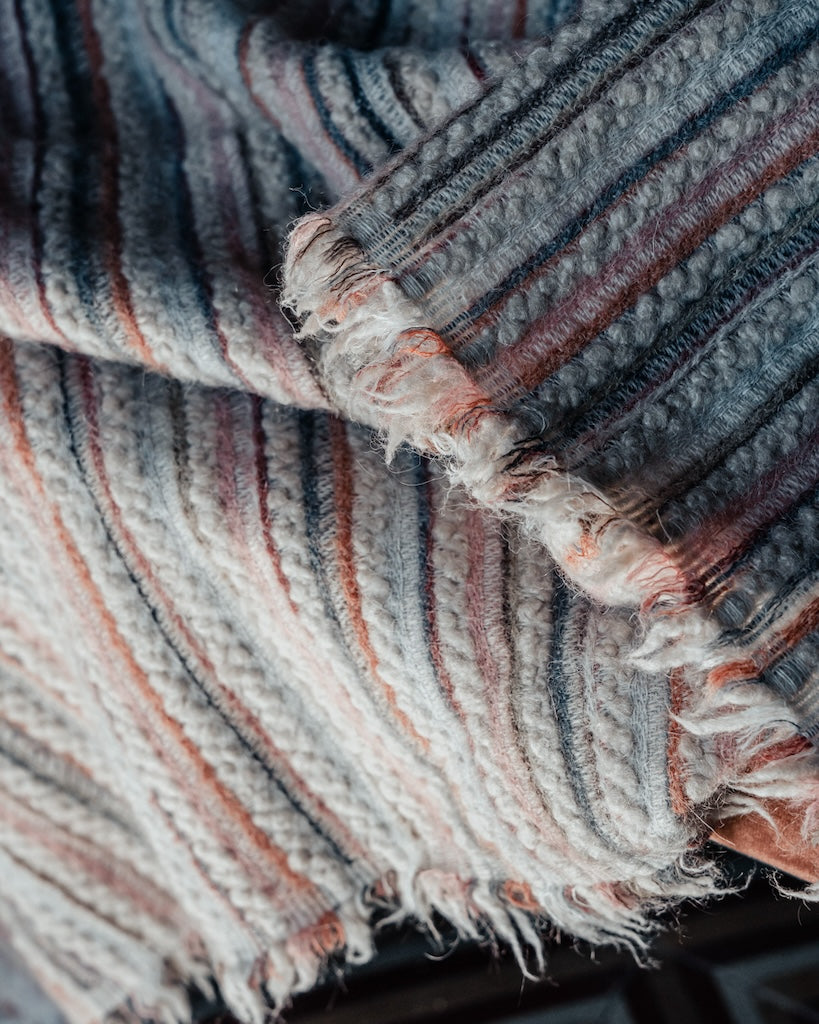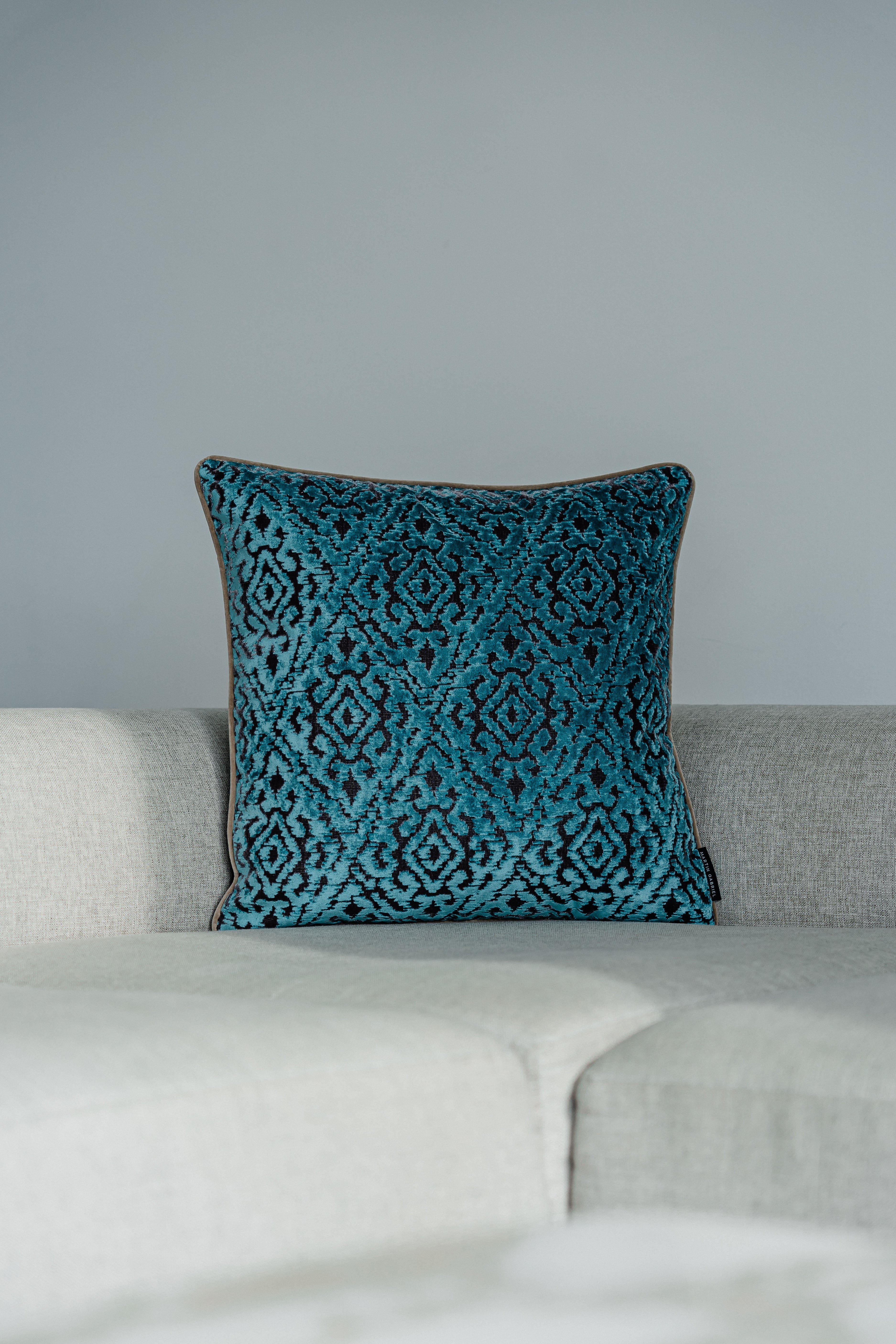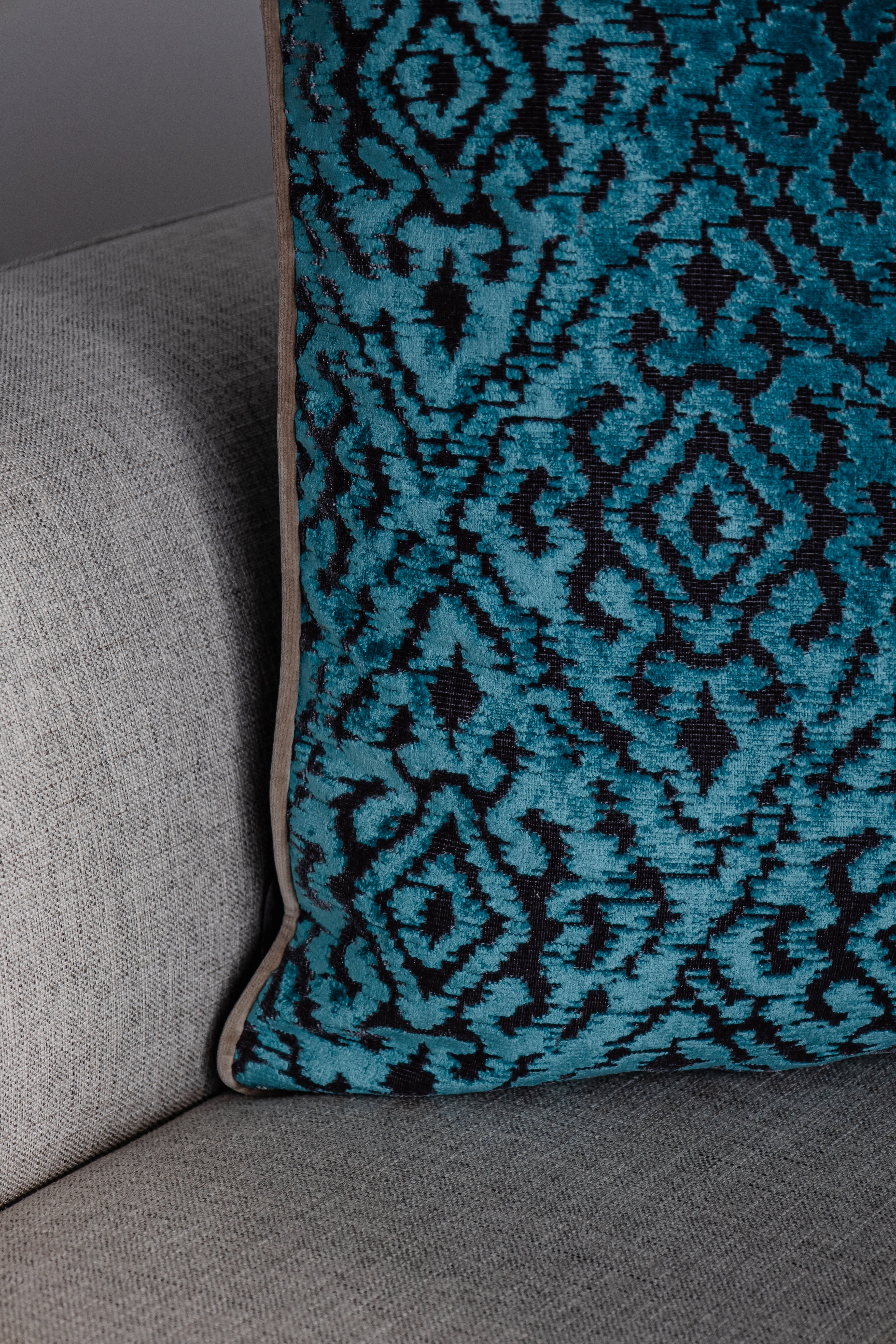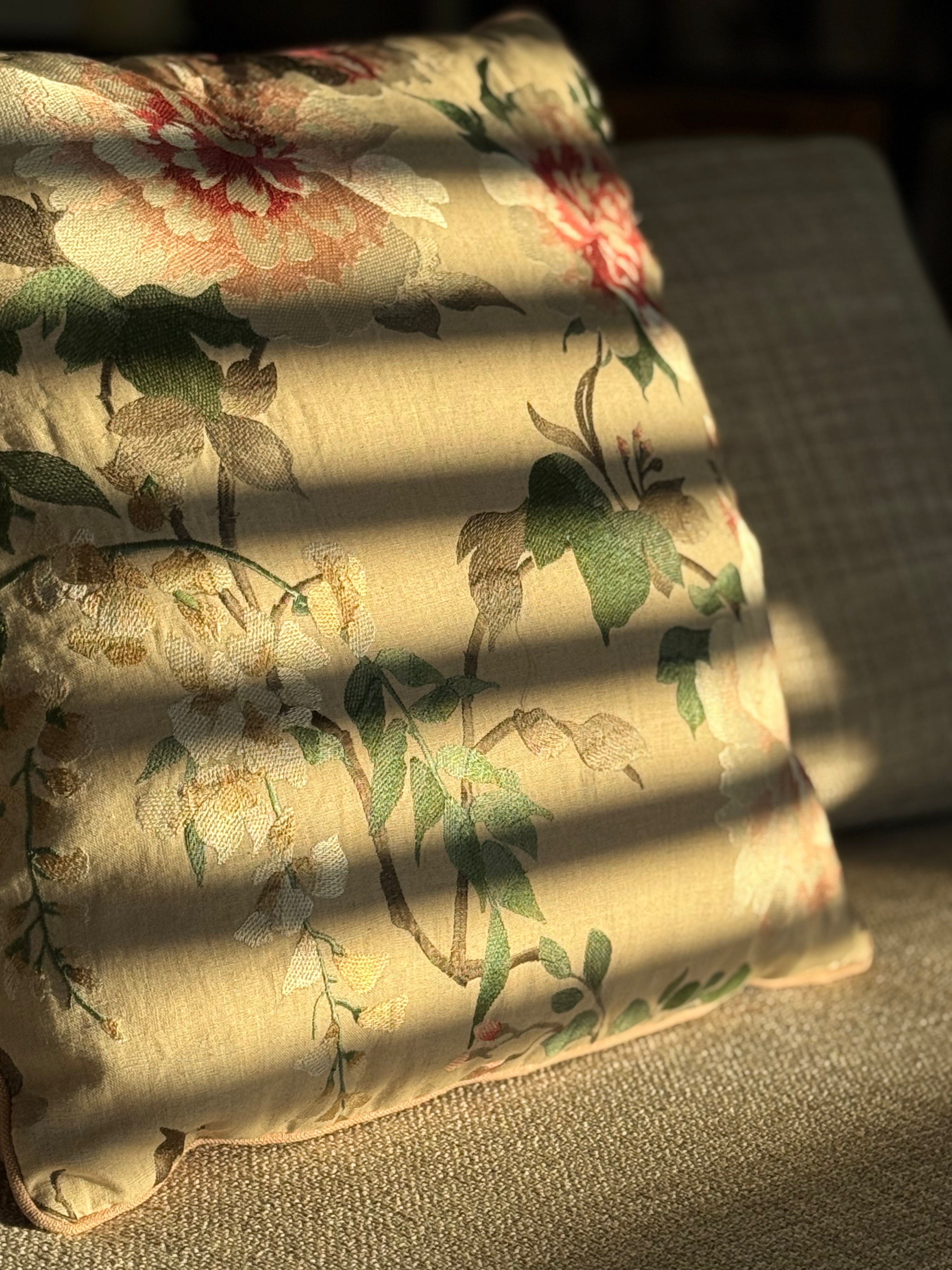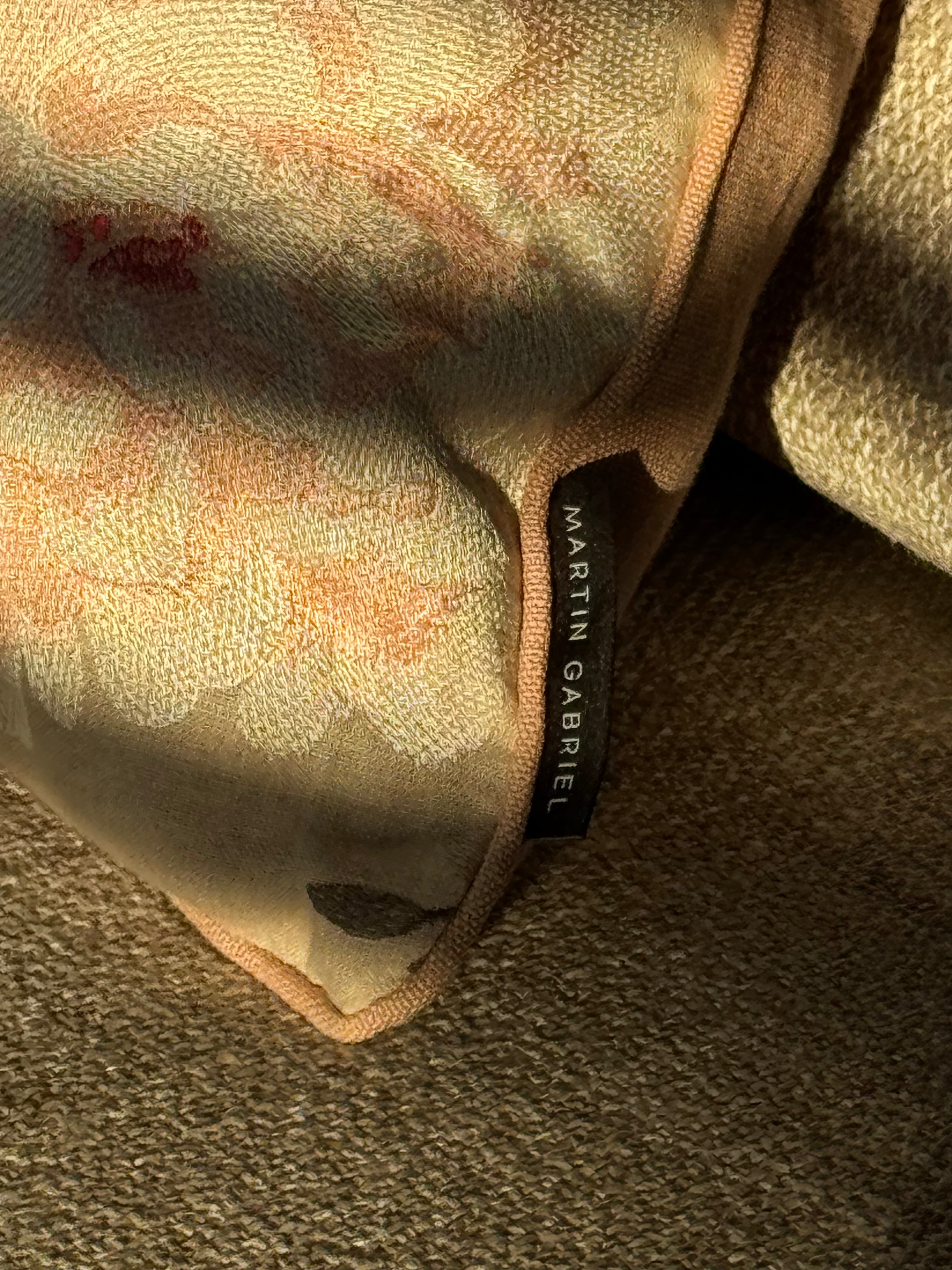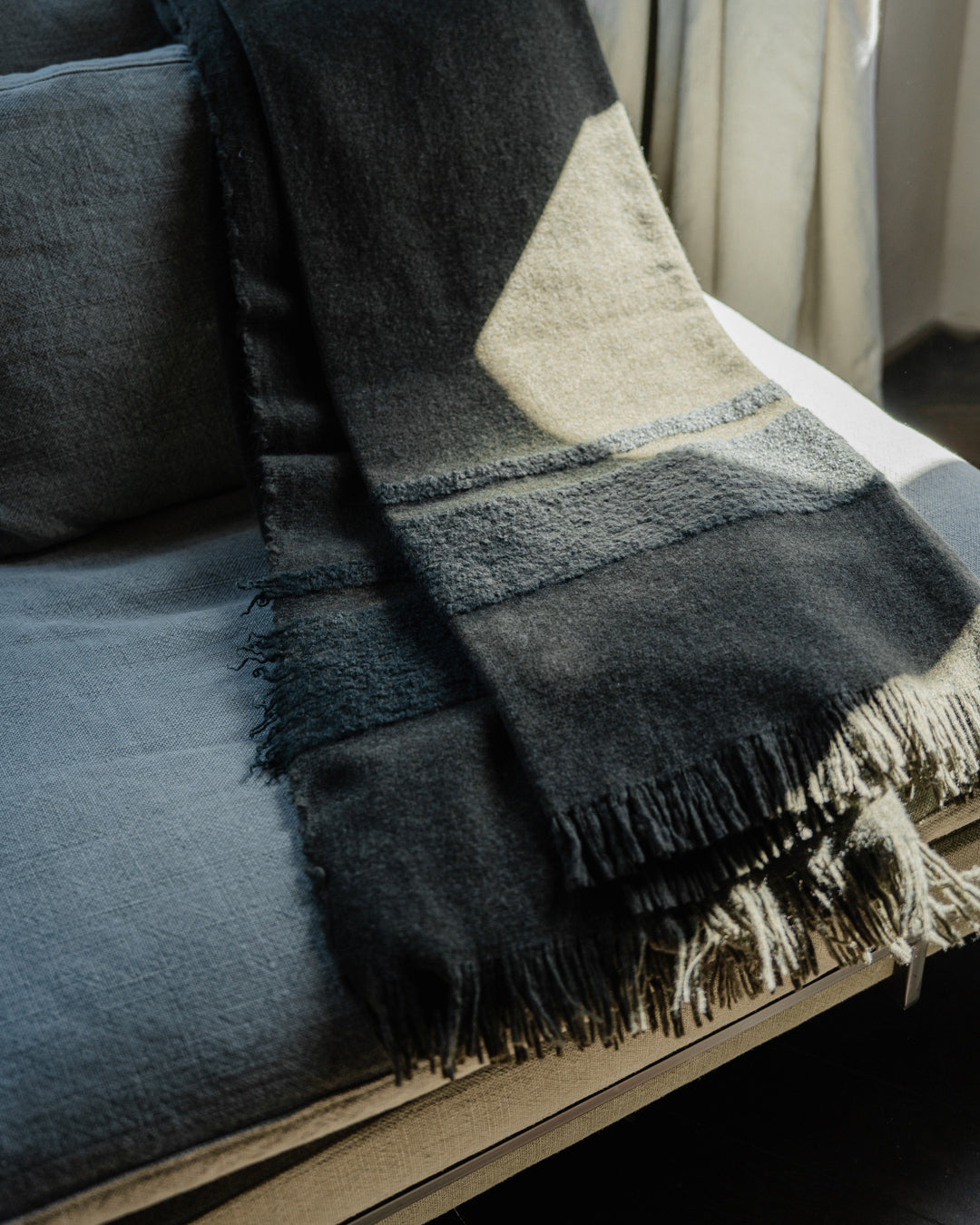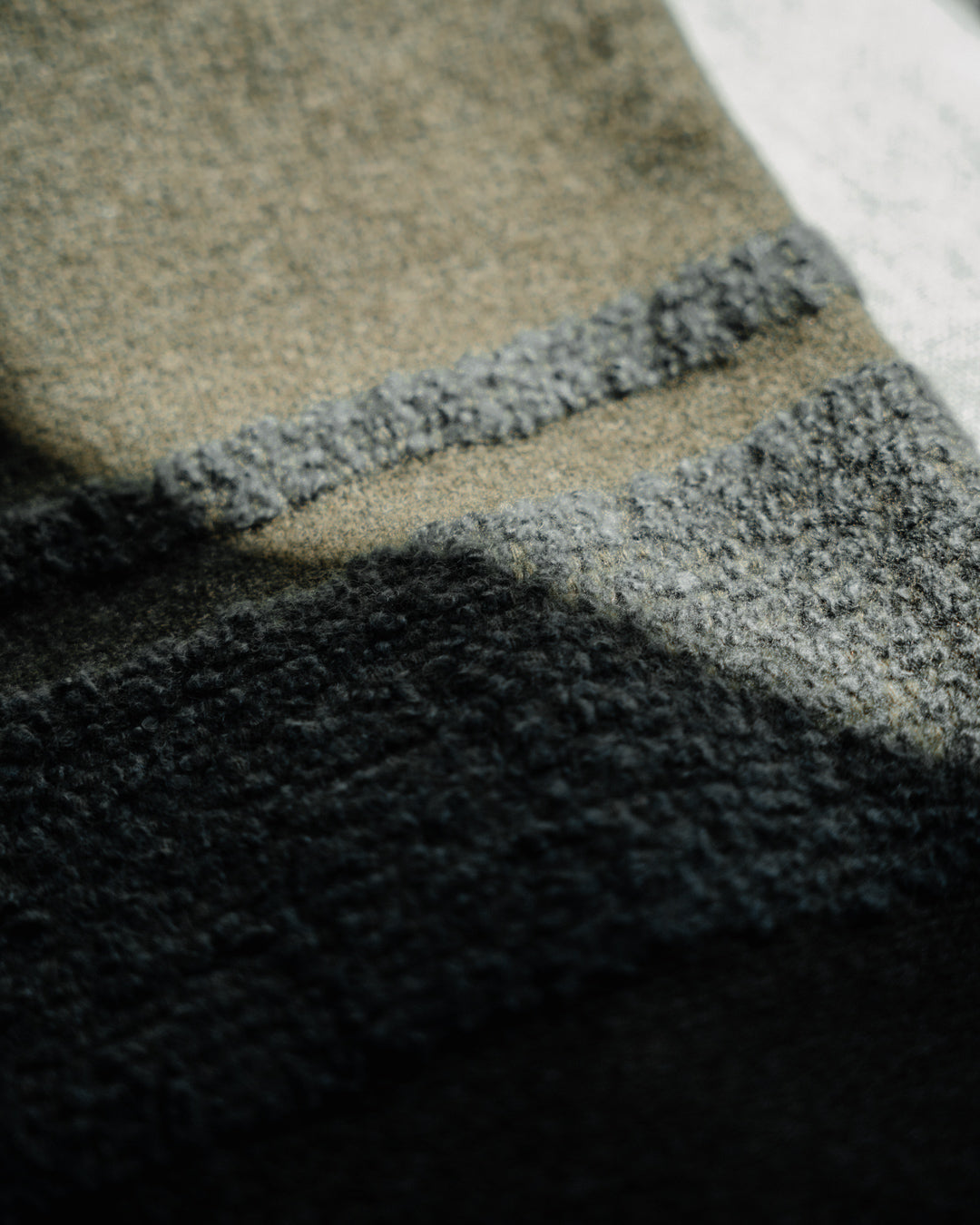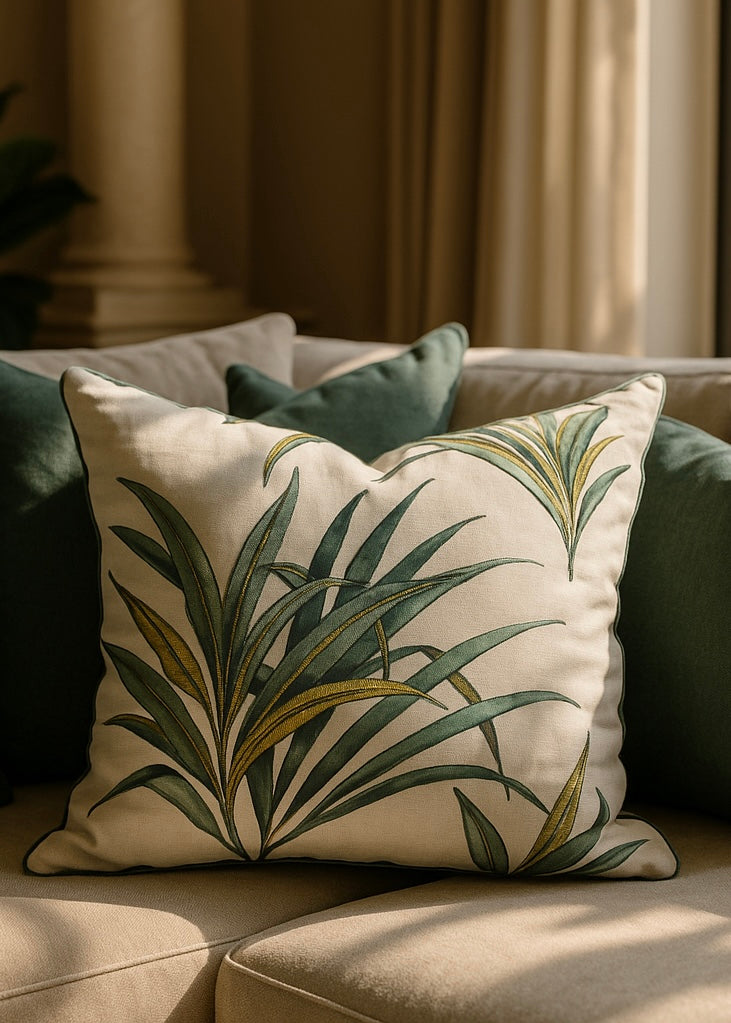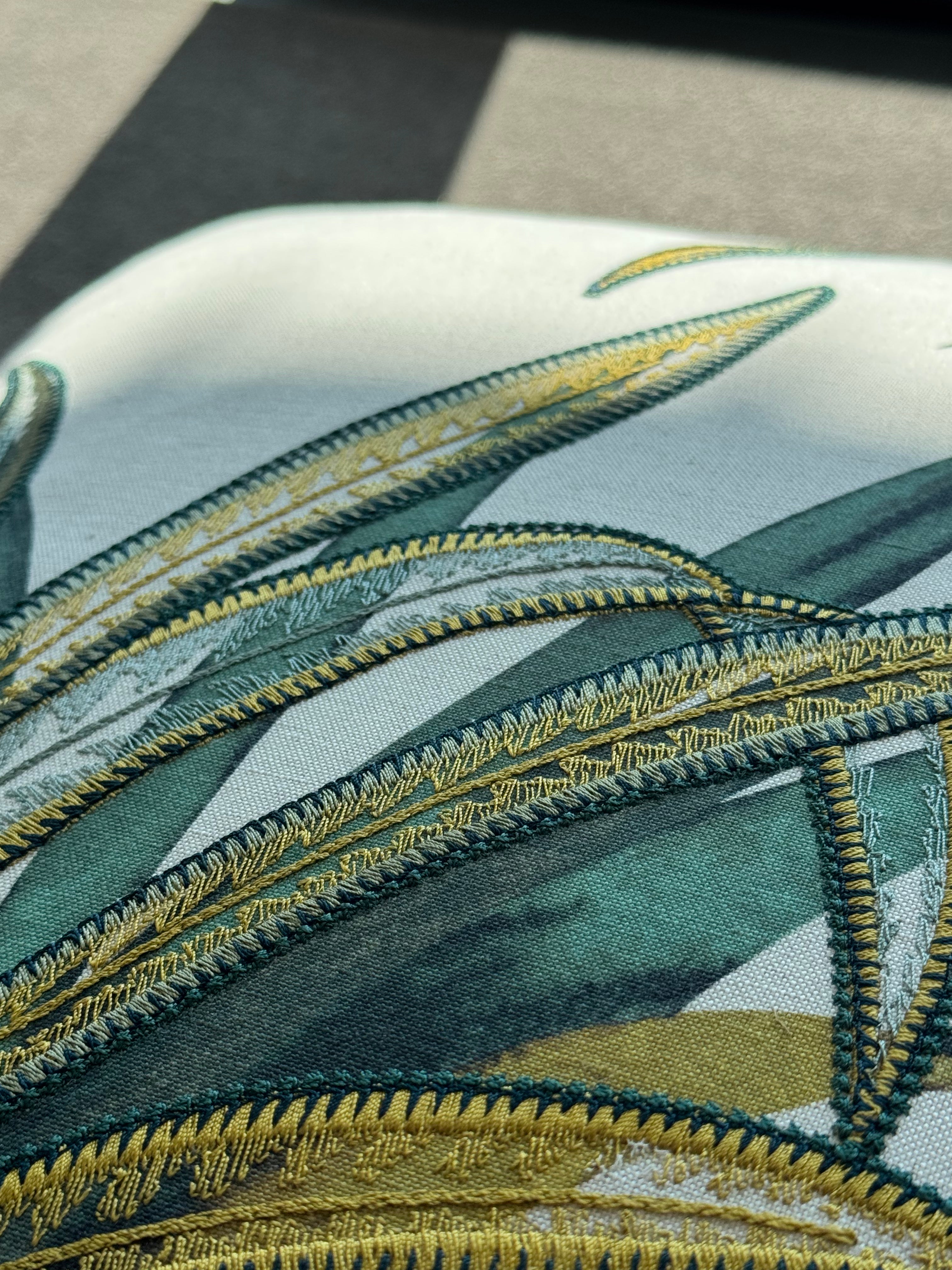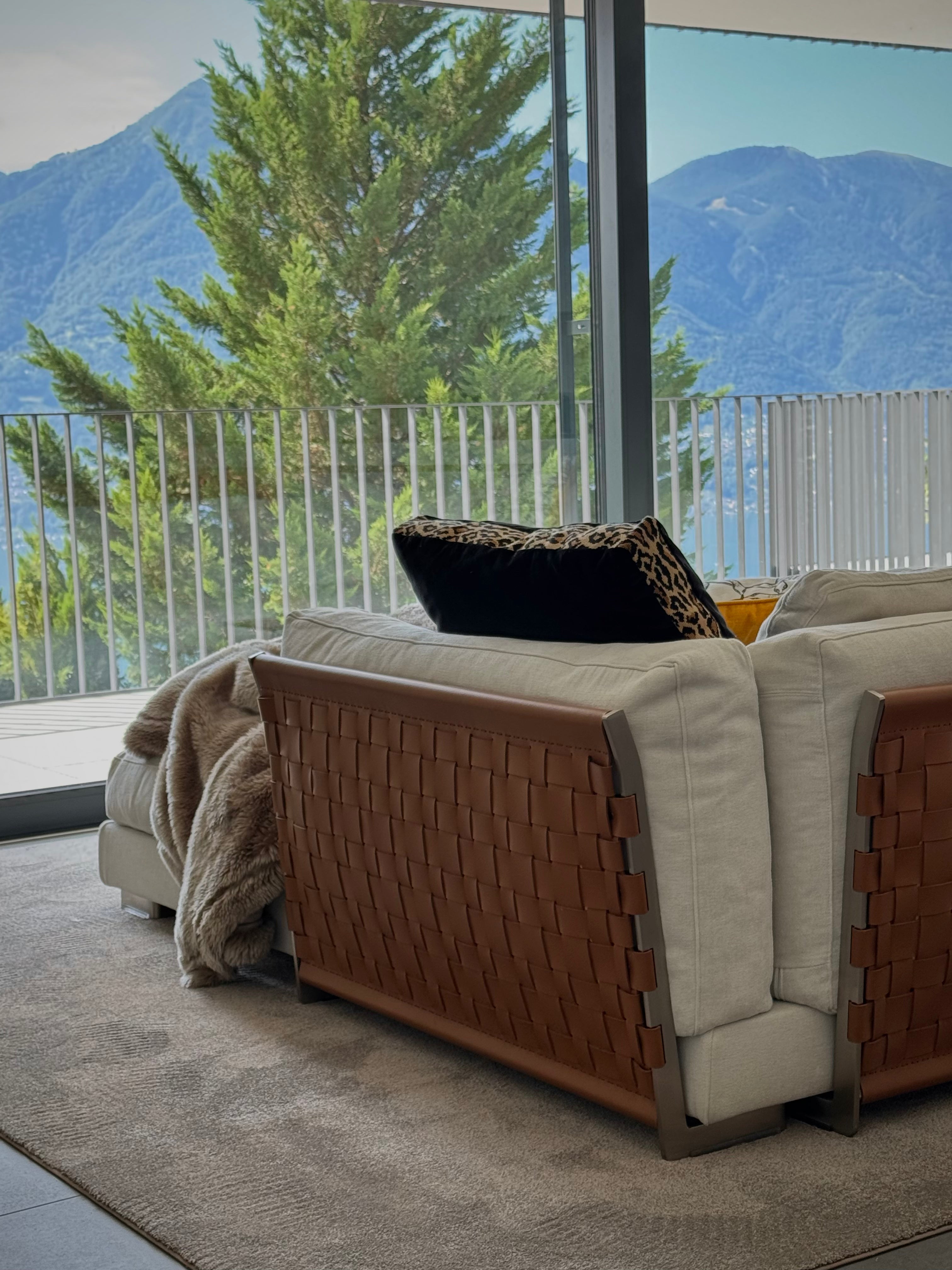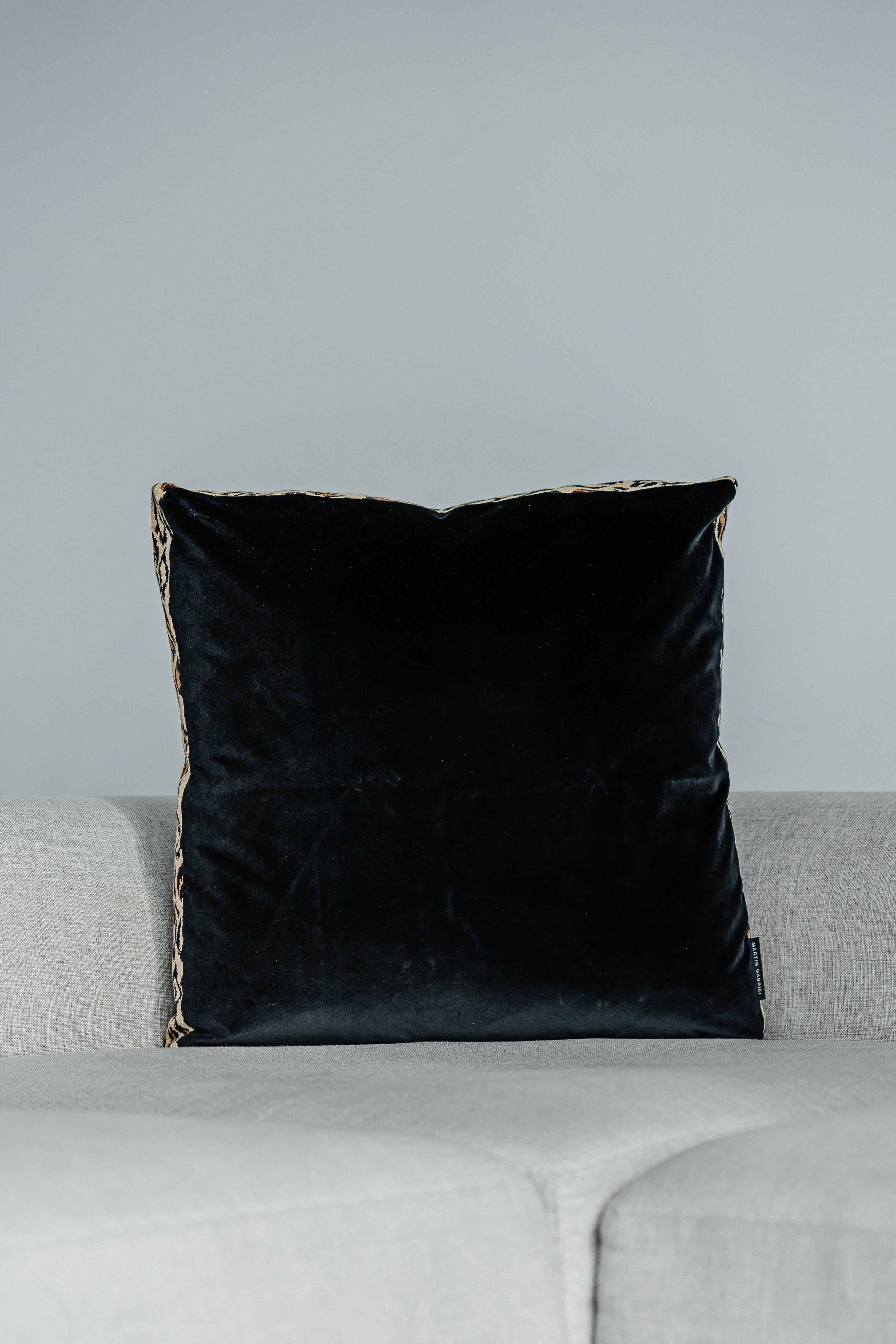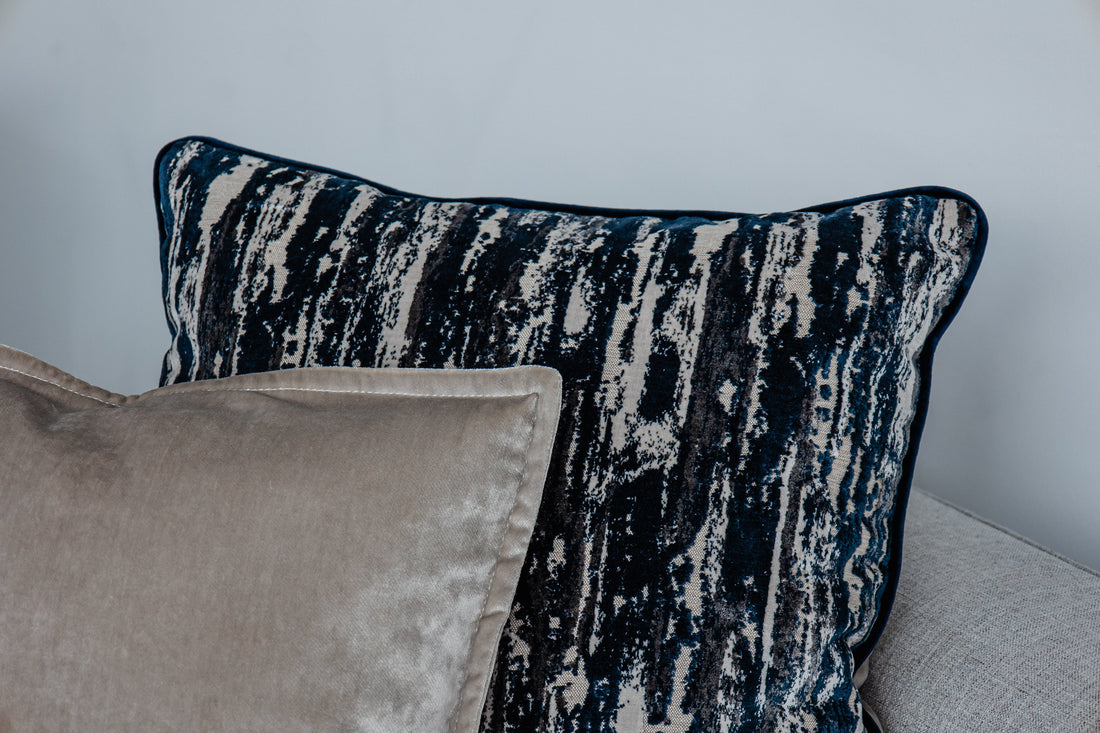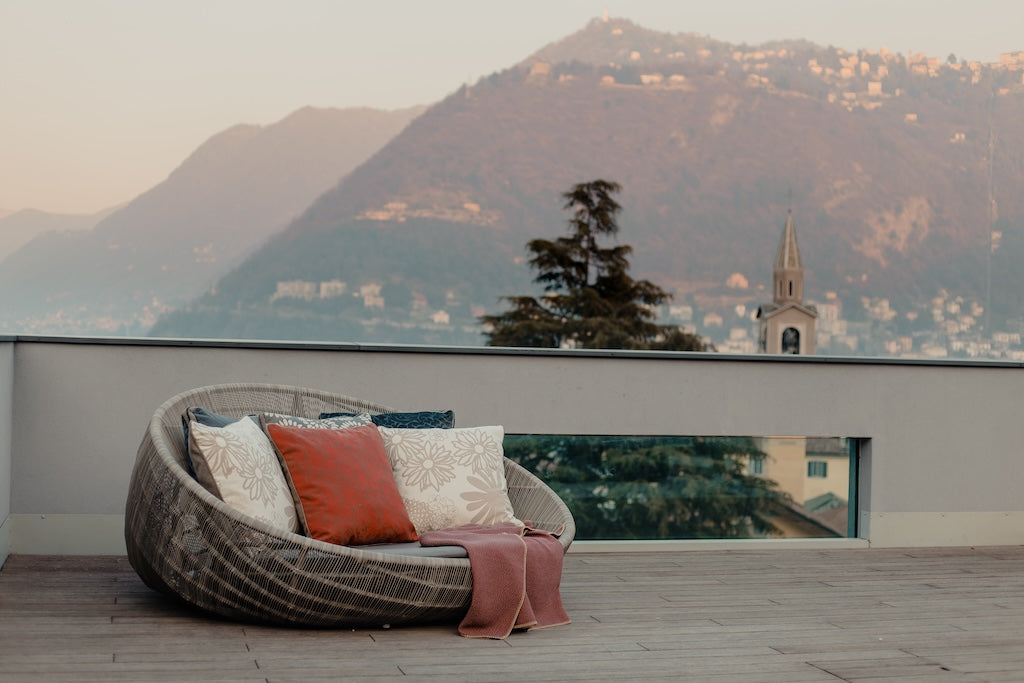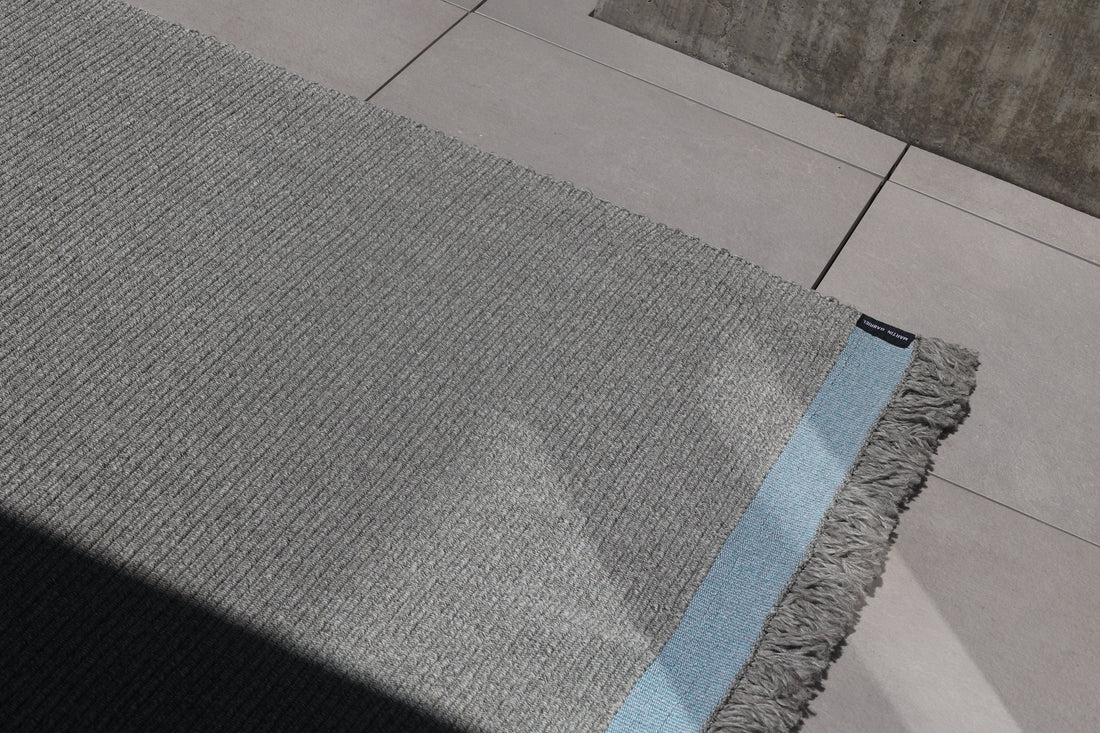Textiles are the silent architects of a room. A rug captures conversational elements, dampens noise, and provides orientation. Cushions invite you to lean back, set accents, and allow for spontaneity without remodeling. Where furniture stays put for decades, textile collections allow for quick, tangible changes. People living in Switzerland value precision, a connection to nature, and lasting quality. This is precisely where a contemporary selection of rugs and cushions comes in, combining alpine tranquility, urban clarity, and artisanal refinement.
Why it's worth rethinking textiles
A rug makes all the difference the first step into a room. Not just visually, but also acoustically and climatically. Cushions, in turn, bring lightness, color, patterned charm, and comfort to sofas, chairs, and beds. Together, they tell a story that can change with the seasons and adapt to new phases of life.
Especially in Swiss apartments with parquet, stone, or exposed screed, a rug enhances the quality of the space. It defines zones without creating walls and makes rooms feel warmer. Pillows pick up on the theme and complement it with texture, color, and texture.
Swiss signature: What characterizes these collections
- Clarity in lines, attention to detail, respectful handling of materials
- Colors reminiscent of lakes, forests and rocks
- Haptics that not only look good but also prove themselves in everyday life
- Production chains that can be explained
Switzerland boasts a rich textile tradition, from St. Gallen embroidery to robust wool fabrics from the Alpine region. New collections build on this heritage, featuring modern technology, certified raw materials, and an eye for contemporary living spaces, from urban lofts to chalets.
Materials in comparison: handle, care, use
Choosing the right fiber determines the feel, durability, and maintenance requirements. The following overview provides guidance.
| material | Haptics | feeling of warmth | Care requirements | Possible origin | Suitable for |
|---|---|---|---|---|---|
| Swiss virgin wool | Voluminous, springy | High | Medium | Alpine sheep, regionally spun | Living and dining area, acoustic improvement |
| Merino wool | Fine, soft | Medium | Medium | EU, South America | Bedroom, barefoot zones |
| Linen | Cool, dry | Low | Low | Europe | Summery cushions, modern flat weaves |
| Cotton | Soft, uncomplicated | Medium | Low | Global, partly organic | Everyday cushions, flat-woven rugs |
| Tencel Lyocell | Silky, flowing | Medium | Medium | Wood-based cellulose | Cushion covers, mix of carpets |
| hemp | Durable, non-slip | Low | Low | Europe, Asia | Flat weave, outdoor-related zones |
| alpaca | Fluffy, light | High | Medium | To the | Premium pillows, bedroom |
| Recycled yarns | Variable | Variable | Low | PET, textile scraps | Easy-care cushions, robust carpets |
Wool scores points for its self-cleaning properties and elasticity. Linen is cool and dazzling with its natural sheen. Hemp and recycled yarns impress with their durability and ecological credentials. Blends are exciting: wool with Tencel for a soft shimmer, cotton with hemp for durable flat weaves.
Colors and patterns: From sea green to glacier white
Switzerland provides motifs and moods right on our doorstep. Sea green, dark spruce, misty gray, glacier white, stone blue, and autumn gold create a color palette that is both calm and expressive. Patterns often appear in a reduced form: small-format jacquards, tone-on-tone structures, graphic lines, delicate checks.
- For understated rooms: natural tones in new wool, subtle bouclé surfaces, fine melanges
- For expressive statements: contrasting cushions, colored piping, geometric borders in the carpet
- For harmonious concepts: three tones from one color family, coordinated in brightness and structure
A bold approach to texture often makes more impact than pure color. High-low effects, loops, cut pile, and flat weaves allow light to play and create depth without being too loud.
Formats and proportions: How carpets really fit
A common mistake is choosing a rug that's too small. The room appears cluttered, and furniture appears out of place. It's better to define zones that are large enough.
- Living room: Leave the front feet of the sofa and armchairs on the carpet, in spacious rooms go completely under the seating area
- Dining table: Carpet at least 60 to 70 centimeters larger than the table in length and width, chairs remain on the carpet when pushed back
- Bedroom: Either one large format under the bed and bedside tables or two to three runners on the sides and at the foot end
- Hallway: Runners with air to the walls so the room can breathe
Typical sizes that work in many Swiss homes: 170 × 240 cm for compact living areas, 200 × 300 cm as standard in the living room, 250 × 350 cm for open floor plans. Custom-made solutions are worthwhile when intermediate dimensions are required or when a fireplace, niche, or asymmetrical room requires special solutions.
Pillows as pacesetters: mix, fillings, quantity
Cushions allow for quick change. Three to five on a sofa are often enough, as long as sizes and textures are mixed. A recipe that often works:
- 2 large 60 × 60 cm pillows for volume
- 2 medium 50 × 50 cm cushions for color and pattern
- 1 to 2 smaller 40 × 60 cm cushions as a visual rhythm
Feathers, down, and blends have proven effective fillings. Those who prefer plant-based materials can opt for kapok or corn fiber. Recycled fiber beads retain their shape and are hypoallergenic. Look for a small opening with a quality zipper and tightly woven lining to prevent feathers from poking through.
Manufacturing techniques: From hand-tufted to flat weave
- Hand-knotted: precise, durable, finely detailed, medium to high pile
- Hand-tufted: flexible in pattern, good value for money, soft
- Flat weave Kilim: reversible, lightweight, ideal for dining areas
- Jacquard woven: repeated patterns, clear edges, structured surface
- Handloom: dense handle, homogeneous look, variable pile
The technology determines the feel and care. Flat weaves are more resistant to chair casters and crumbs. Tufted rugs add comfort to TV and reading areas.
Sustainability with content: Short paths and clear standards
Quality doesn't end with the handle. Those who value origin pay attention to:
- Wool from Alpine sheep or traceable sources
- Certifications such as RWS for wool, GOTS for cotton, FSC for wood cellulose for Tencel
- Dyeing processes with low water consumption and stable, low-pollutant colors
- Repairability and replacement service for fringes and edges
Short supply chains reduce emissions and improve transparency. Some manufacturers use Swiss wool, which previously rarely ended up in premium products. This creates value in the country, saves on transport, and revitalizes regional crafts.
Care that ensures long-lasting enjoyment
A good carpet doesn't need much, but the right thing.
- Weekly vacuuming without a brush for deep pile, with a brush for flat weave
- Immediately remove stains with a dry, absorbent cloth, do not rub
- Carbonated mineral water helps with many fresh stains
- For wool: pH-neutral products, little moisture, professional wet cleaning only when necessary
- Rotate the carpet every few months to ensure that light and walkways appear even
- Anti-slip mats protect surfaces and improve acoustics
Pillowcases benefit from a gentle wash cycle in a laundry bag. Linen and cotton become more beautiful with time. Wool thrives on fresh, dry air. Winter at higher altitudes brings dry, heated air, which can build up static electricity in materials. A humidifier works wonders for indoor climate and textiles.
Budget and quality: How to recognize real value
No compromises on selvedge, backing, or yarn quality. A quick check helps:
- Knot strength or tight tuft weave
- Neatly edged edges
- Even color absorption without stains
- Odorless when unpacked
Price range for orientation in Switzerland:
- Cushion covers in natural materials: 40 to 180 CHF
- Hand-tufted carpets 170 × 240 cm: 600 to 1,800 CHF
- Flat weave 200 × 300 cm: 800 to 2,200 CHF
- Hand-knotted premium carpets: from 2,500 CHF, significantly more depending on knot density
Quality pays off because good rugs last for decades and can be relocated multiple times. Those who want flexibility can invest in solid base rugs and change cushions seasonally.
Shopping in Switzerland: Showroom, Atelier, digital
The selection ranges from a studio with a small curated collection to a large showroom. Both are worth the preparation.
- Take room measurements and photos, ideally with a floor plan
- Have color samples of sofa fabrics, curtains or floor coverings with you
- Ask for samples to check at home
- Please allow for delivery times, for special sizes 6 to 12 weeks are normal
In cities like Zurich, Basel, Bern, Lausanne, and St. Gallen, you'll find places offering Swiss and international products. Online, you can filter for materials and sizes, and in-store, you'll be impressed by the quality of the carpets. Many suppliers offer rental carpets or sample cases.
Style recipes for different rooms
City loft with exposed concrete
A large, dense wool rug in misty gray absorbs reverberation and visually lifts furniture. Pillows in stone blue and sage green create a sense of calm, while a single rust accent pillow adds interest.
Chalet with fireplace
Hand-knotted deep pile from regional wool, natural or lightly mottled. Cushions in wool tweed, alpaca, and linen with coarse textures, warmly coordinated with wood and stone. A runner in the kitchen serves as a soft island in front of the stove.
Old building with stucco
A flat-woven rug with a delicate graphic pattern that provides a modern counterpoint to the ornamentation. Cushions in muted tones feature piping that accentuates lines. A small silk blend adds a subtle sheen to the window seat.
Family apartment
Durable cotton-hemp flatweave under the dining table is easy to clean. On the sofa, zippered, washable covers feature color accents that match children's drawings and are forgiving of minor mishaps.
Mistakes that can easily be avoided
- Carpets that are too small and divide the seating area
- Pillow in a single size
- Too many patterns without rest areas
- Underestimating the acoustics in high rooms
- Neglected base for smooth floors
A quick test before buying: Apply painter's tape to the floor the size of the planned rug and use the room. You'll quickly see whether doors swing freely and pathways work.
Structure and technology: details that make the difference
- Dyeing: Dyeing yarns before weaving produces deeper, more uniform colors
- Twist: Higher twisted yarns are more durable
- Weave: Flat weaves in twill weave appear more lively, plain weave calmer
- Backing: Natural latex as a backing for tufted carpets prevents evaporation and provides grip
- Edges: hand-folded edges hold, machine-folded edges are often thinner, but straight
If you choose a custom size, pay attention to the pattern repeat and border width. A good design ensures that patterns end harmoniously and doorways remain clear.
Seasonal changes: small changes with impact
- Spring: Linen cushion in fresh green, flat weave with a light background
- Summer: airy cotton, subtle patterns, cool to the touch
- Autumn: Wool cushions with bouclé, warmer tones, mixed texture
- Winter: Deep pile, mottled wool, fur-look cushions from responsible sources
Rotating cushions and changing a runner keeps the room fresh without a big investment.
A look at regional materials: Swiss wool reimagined
For a long time, Swiss wool was considered robust but coarse. Spinning and weaving mills demonstrate how diverse the material can be. Carefully selected batches, new spinning processes, and blends with finer fibers result in rugs with character that are also kind to the feet. Anyone seeking to strengthen regional cycles will find an honest, local source here.
Acoustics and comfort: small measures, big impact
In open floor plans with a kitchen island, dining area, and sofa, two or three rugs act as sound absorbers. Conversations stay within the room, benefiting the neighbors. Pillows absorb high frequencies, and curtains accentuate the effect. For those working from home at the dining table, a flat-weave rug under the chairs provides a quiet surface for video conferences.
Checklist before purchase
- Room size, door openings, position of radiators
- Use: Children, pets, dining area, barefoot zone
- Material preferences: Animal vs. plant fibers, blends
- Willingness to care: washable covers, professional carpet cleaning
- Color palette of the room: floor, sofa, curtains, art
- Budget and Priorities: Core Rug vs. Accent Pillows
- Delivery times and installation dates
If you like, you can test samples in daylight and in the evening under artificial light. Colors change as the sun moves or a warm white light fills the room.
Use advice smartly
Good counseling asks questions and listens. Ideal keywords for the conversation:
- Which zones should be created
- Which background noise is currently disturbing
- Which textures feel good
- Which pieces remain safely in the room and are fixed points
A defined direction saves time and leads to consistent results.
Nursing emergency plan
- Red wine: dab, mineral water, if necessary light wool detergent, do not rub
- Grease: Blotting paper and lukewarm iron on low setting, then gently with mild agent
- Candle wax: let it harden, carefully remove it, treat the residue as you would with grease
- Pillows: Remove covers quickly, wash individually, dry flat, pull into shape
If a stain remains, it is better to seek professional cleaning rather than experimenting with aggressive cleaning agents.
Test on site: this is how you make the right choice
Half a day is worth it:
- Touch the materials in the showroom in the morning
- Take two favorites in the right size as loan samples
- Lay out at home, check in daylight and in the evening
- Take photos from different angles
- Decision together with all who use the space
Sometimes the feeling of walking barefoot is what counts. A rug can look perfect on paper and still not ignite a spark. The best choice is the one you'll enjoy returning to every day.




